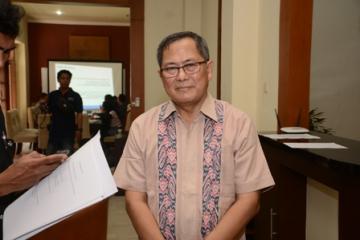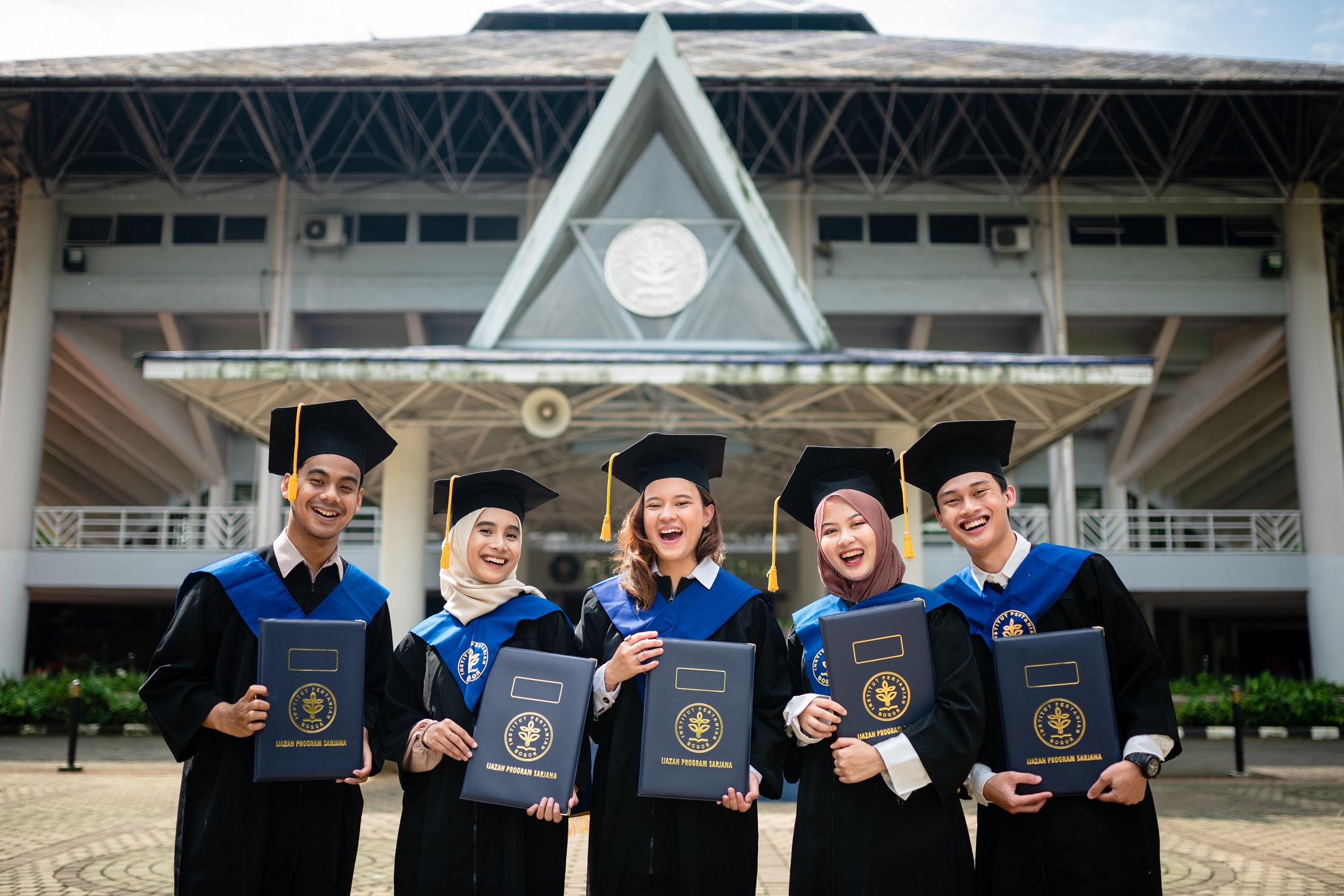Prof.Dr. Yusuf Sudo Hadi Presented the Technology to Preserve the Wood Without Preservative Ingredients

Demand for logs for the timber industry of Indonesia in 2013 reached approximately 40 million cubic meters which were filled with about 60 percents of plantation forests. Timber from the plantation forests were generally more vulnerable to be attacked by subterranean termites. According to the termite expert of Bogor Agricultural University (IPB), Prof.Dr. Dodi Nandika (http://bit.ly/1InzK5c), the economic losses due to the termite attacks on the building houses and non houses in Indonesia in 2015 could reach 10 trillion rupiah. Therefore, it needed to be an effort to increase the resilience of wood against the bio-deterioration attack, especially termites.
Professor of Faculty of Forestry of IPB, Prof.Dr. Yusuf Sudo Hadi, in a press conference of pre oration in Executive Lounge (27/8) Campus of IPB Baranangsiang Bogor said to prolong the life of wood, generally carried the preservation techniques with the toxic chemicals. This preservative ingredients gave the side effect i.e. harmful to living organisms in the vicinity, including human beings.
“We in Faculty of Forestry of IPB perform the wood preservation techniques that are more environmentally friendly i.e. through the modification of wood chemicals. There are several methods that we do such as the methods of fumigation, acetylation, furfurilasi, plastic timber, and Wood Plastic Composite (WPC),” he said.
According to him, the smoke had not been put to good use whereas containing the chemicals of phenol, aldehyde, ketones, organic acids, alcohol, ester, hydrocarbons, and various materials of heterocycles. Phenol and its derivatives had the toxic properties toward bacteria, termite and fungi so that the smoke could be used for the wood perservation. Wood sengon, toothpick and pulai after being smoked with the wood smoke of mangium for three days became highly resistant to termites (from wood class V to wood class I).
Another example was the wood of WPC. WPC was the product of last generation of the biocomposite group. In its manufacture, the wood was made of fine powder, then mixed with the plastic at its melting temperature, then extruded into the product of WPC in the form of slabs such as boards and other forms as needed.
“The color of WPC can be adjusted to the market demand because in its manufacture it can be added the pigmen or the color. Other advantages, WPC is quite strong, waterproof, and resistant to bio-deterioration. In Indonesia, it has been its factory and its products currently have been on the market, and this WPC has been used in some places for example to shut down the drains around the pool. If in America it is usually used for the parts of the house affected by the weather,” he explained.
As cover, Prof. Yusuf said that the wood products which were preserved with these eco-friendly techniques were very promising in the future. Although these products were not popular in our country at this time, but in the developed countries it had been widely produced and used for various applications. (zul)
Tag:
Yusuf Sudo Hadi, eco-friendly preservation technique, termite, professor of IPB, scientific oration of IPB, wood, faculty of forestry of IPB, Dodi Nandika.



